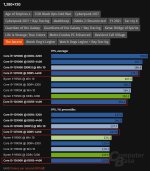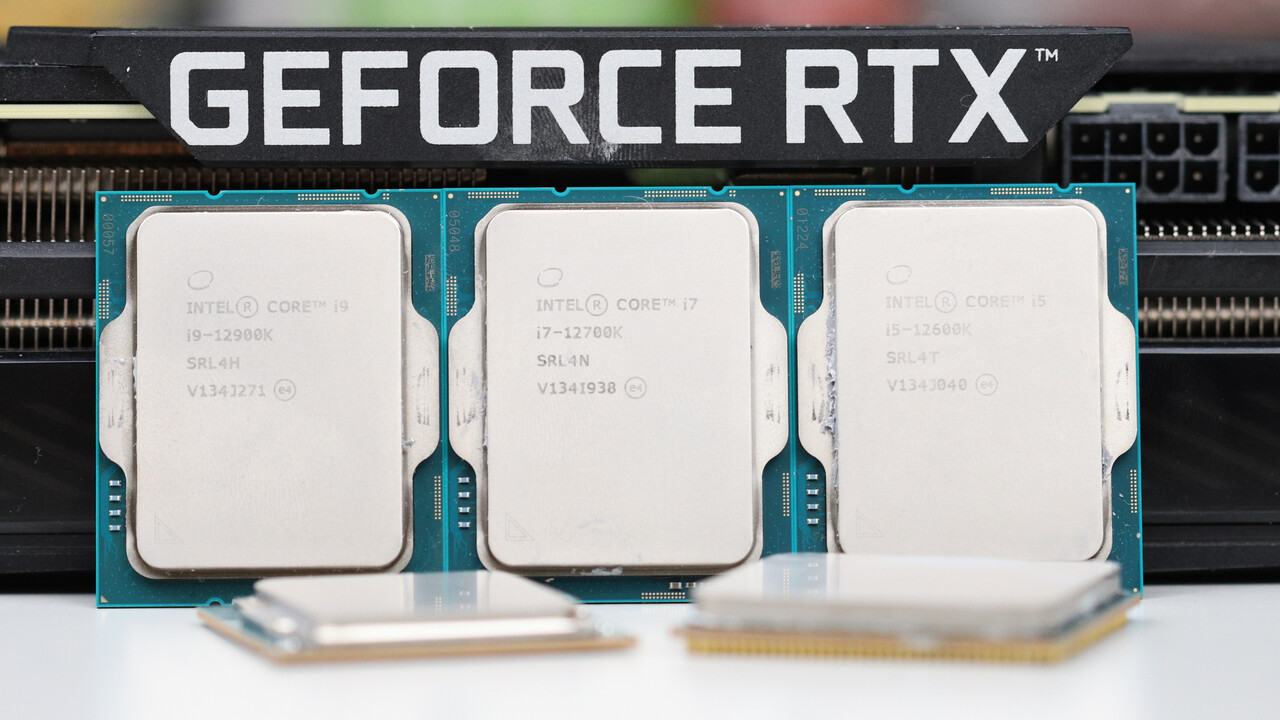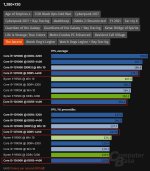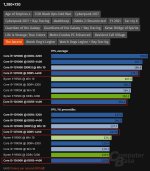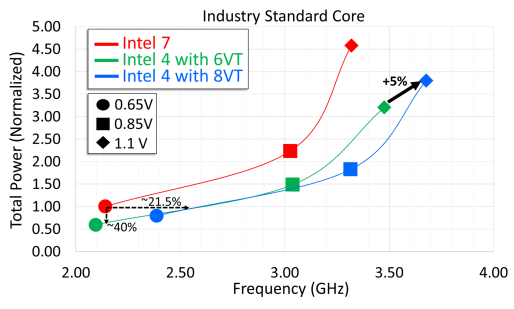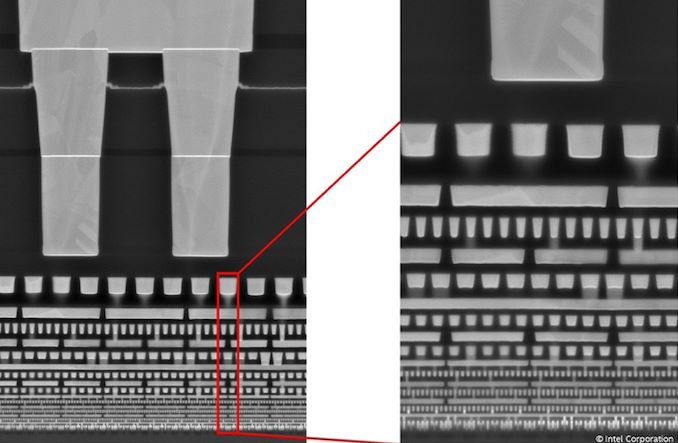Maybe it's more cost effective just to wait until their improved 'Intel 3' process is ready, most likely in the first half of 2024?
Couldn't Intel release another generation on 'Intel 7' (10nm), but shift desktop CPUs to a new socket (LGA 1851)? And skip 'Intel 4' for desktops in 2023.
It's notable that there's no 'Intel 6', and 'Intel 5' process technologies also...
Or, even use TSMC's 4/5nm EUV technologies as a stop gap in 2023?
Couldn't Intel release another generation on 'Intel 7' (10nm), but shift desktop CPUs to a new socket (LGA 1851)? And skip 'Intel 4' for desktops in 2023.
It's notable that there's no 'Intel 6', and 'Intel 5' process technologies also...
Or, even use TSMC's 4/5nm EUV technologies as a stop gap in 2023?
Last edited:




